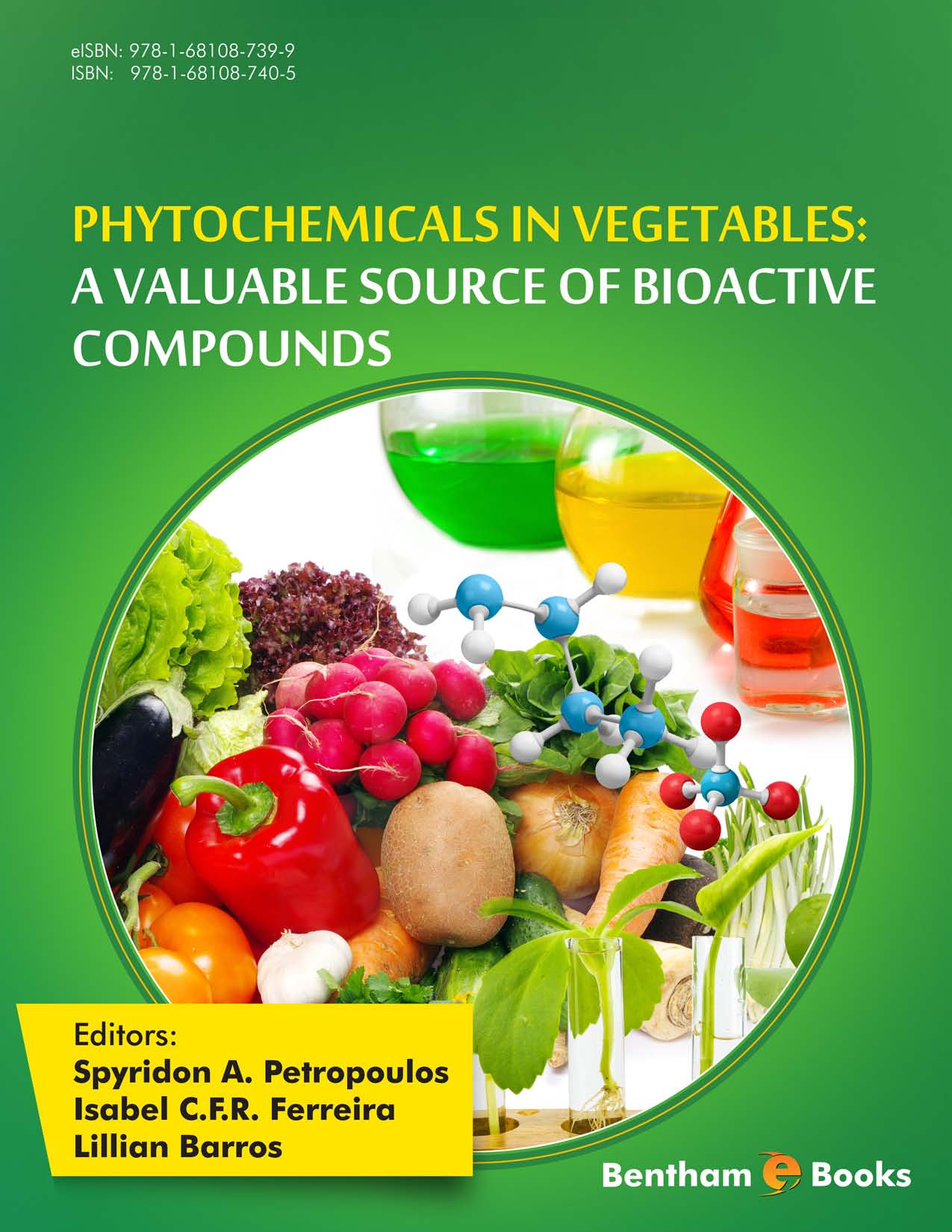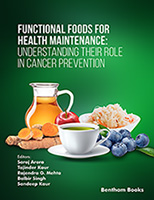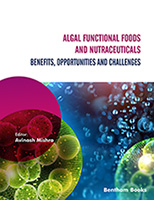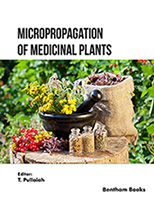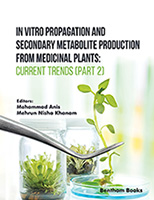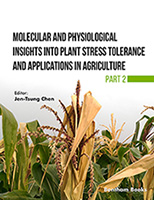Preface
The present e-book aims at presenting the phytochemicals content of the main cultivated vegetables, as well as their health and therapeutic effects based on ¬in vitro and in vivo, animal and clinical studies. The importance of vegetables on human health is mostly attributed to their nutritional value; however, not always nutrients are the sole responsible compounds for such properties and several other compounds can also contribute to health-promoting effects. These compounds have been identified as secondary metabolites and plants usually synthesize them for their own protection from pests and diseases or their biosynthesis is triggered under specific environmental conditions.
Book structure has been arranged in individual chapters, each one of them dealing with specific groups of vegetable sources of phytochemicals, either in terms of taxonomy (species of the same family) or in terms of edible parts morphology (e.g. leafy and root vegetables). For each species, a short introduction regarding the description of morphology, taxonomy and general information is included, as well as its chemical composition and its main health effects.
Chapter 1 presents the main phytochemicals that have been identified in various roots vegetables consumed throughout the world, including potato, celeriac, turnips, radish, beets, Hamburg parsley, taro, yam, parsnip and salsify. Chapter 2 presents vegetables that belong to the Allium genus. Chapter 3 presents bean, a vegetable of the Fabaceae family, which is one of the main starch and protein sources for most of the world. Chapter 4 demonstrates the chemical composition and health effects of another group of vegetables that all belong to the Cucurbitaceae family. Chapters 5-7 provides a clear insight into a diversified group of vegetables that are consumed for their edible leaves, belonging to Asteraceae and Apiaceae families. Chapter 8 discusses the phytochemicals content, their functionality and breeding tools for the enrichment of cole vegetables (Brassicaceae) in phytochemicals. Chapter 9 presents another important group of fruit vegetable that belongs to the Solanaceae family, namely, tomato, eggplant and pepper. Other important vegetables, such as globe artichoke and okra, are characterized in chapters 10 and 11. Finally chapter 12 deals with a special group of fruit and vegetables, which although they have a regional interest and are less well-known, they present important bioactive properties and health effects.
Spyridon A. Petropoulos
Department of Agriculture, Crop Production and Rural Environment,
University of Thessaly,
Volos, Greece
Isabel C.F.R. Ferreira & Lilian Barros
Centro de Investigação de Montanha (CIMO),
Instituto Politécnico de Bragança,
Bragança, Portugal

